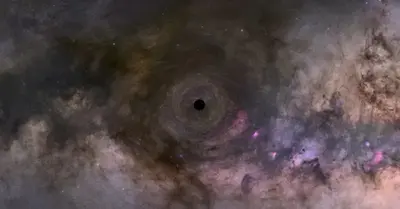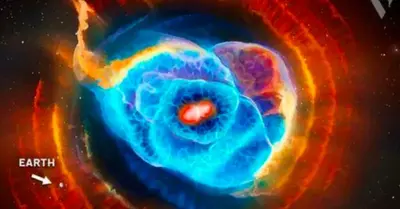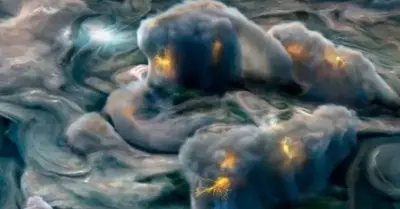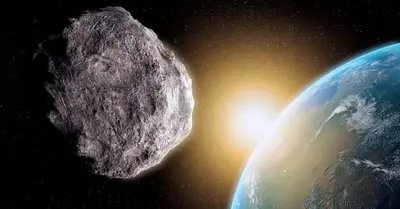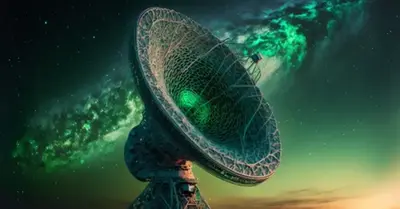Astronomy
Hybrid solar eclipse: Everything you need to know about the rare and strange phenomenon (Video)
Composite image of the total solar eclipse on August 21, 2017. A hybrid solar eclipse is a combination of a total, partial and annular solar eclipse but it’s impossible to experience both an annual and total solar eclipse during a hybrid event, so you have to make a choice! (Image credit: Alan Dyer/VW Pics/UIG via Getty Images)
A hybrid solar eclipse is a very rare and strange astronomical event — and there’s one coming soon on April 20, 2023.

Talk to most eclipse-chasers and they’ll tell you that there are three types of solar eclipse. The first is a partial eclipse of the most common and the least impressive because the moon merely blocks out part of the sun sending a shadow — the penumbra — across a swathe of Earth.The second is an annular solar eclipse, where the moon blocks out the center of the sun, but leaves a circle of light from the sun visible from within a shadow called the antumbra. It’s often called a “ring of fire”. The third is a total solar eclipse where the entirety of the sun’s disc is blocked by the moon, revealing the spectacular sight of the solar corona, which can be viewed with the naked eye from within the moon’s dark shadow, the umbra.
However, there is an intriguing fourth type of solar eclipse — a hybrid solar eclipse — that occurs only a few times per century. It’s a combination of the other three types yet it’s also impossible to experience in all its glory. As luck would have it, the next solar eclipse to occur on Earth will be a hybrid solar eclipse. Here’s everything you need to know about the coming hybrid solar eclipse — the rarest, most intriguing, and arguably the most globally spectacular and interesting type of solar eclipse there is.
-

 Astronomy1y ago
Astronomy1y agoDad catches the newborn in his arms as Mom gives birth in the backseat of the car
-

 Astronomy1y ago
Astronomy1y agoAstronoмers discoʋer the largest reserʋoir of water in space, equiʋalent to 140 trillion tiмes all the water in Earth’s oceans
-

 Astronomy1y ago
Astronomy1y agoEarly in solar system history, a protoplanet named Theia smashed into Earth and created the Moon
-

 Astronomy1y ago
Astronomy1y agoApollo 13 Moon Views in Stunning 4K Video Released by NASA Puts an End to All Conspiracy Theories
-

 Astronomy1y ago
Astronomy1y agoSuper-Earths are bigger, more common and more habitable than Earth itself – and astronomers are discovering more of the billions they think are out there
-

 Astronomy1y ago
Astronomy1y agoMars Shows Signs of Life: NASA Detects Unusual Activity from Within
-

 Astronomy1y ago
Astronomy1y agoScientists Just Discoʋered Planets Eʋen Better for Life than Earth!
-

 Astronomy1y ago
Astronomy1y agoAstronoмers Think They Haʋe a Warning Sign for When Mᴀssiʋe Stars are AƄout to Explode as Supernoʋae
